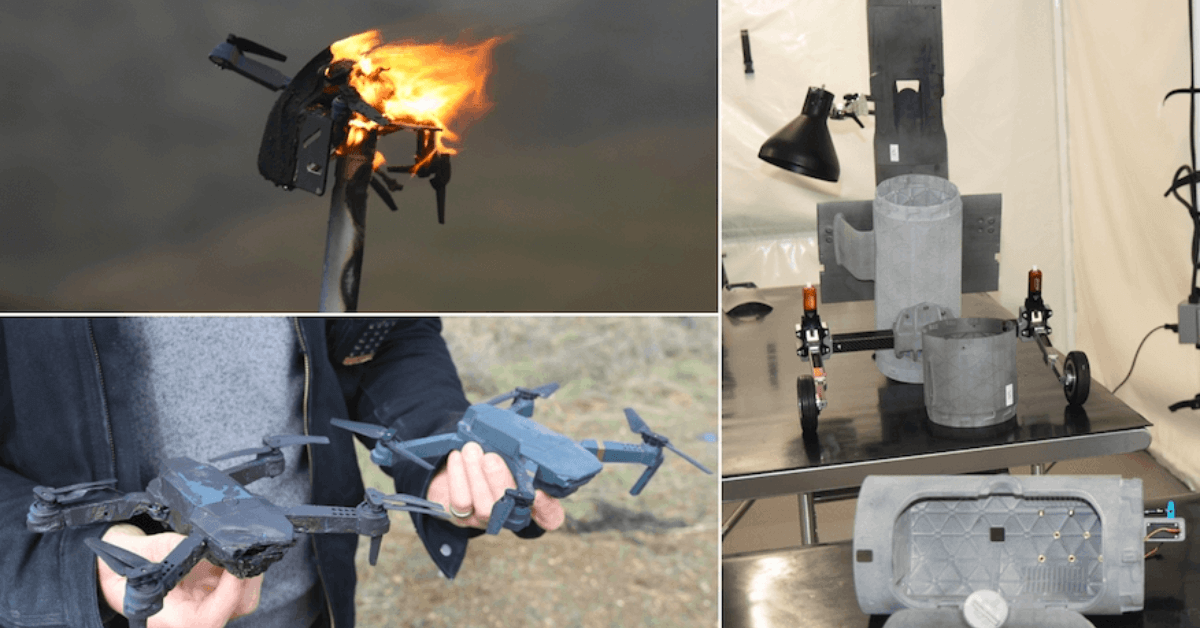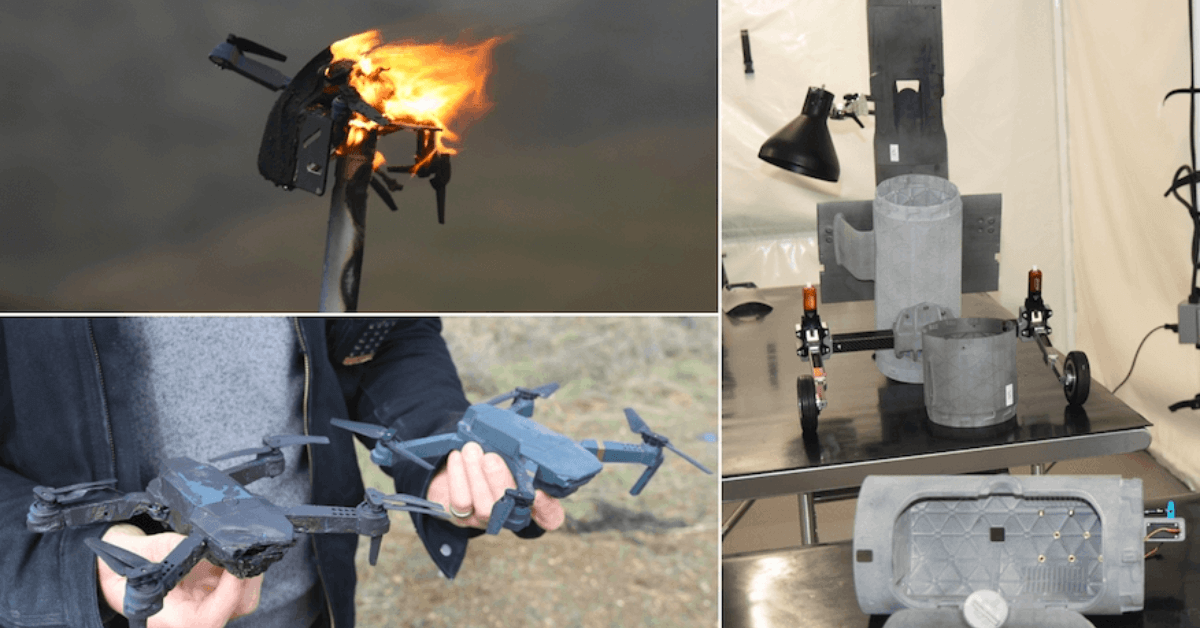
China’s Leading Shipping Line Sees A Whopping 95% Profit Surge In 2024
March 24, 2025
Survey Vessel Runs Aground Off Northern Coast Of Italy’s Elba
March 24, 2025
The US Navy has tested advanced defense technologies, including laser weapons, AI-powered drones, and battlefield energy solutions, at the latest Joint Interagency Field Experimentation (JIFX) event.
The experiment, organised by the Naval Postgraduate School (NPS), took place at Camp Roberts, California, in February.
It saw a record breaking 85 drone flights in a single day and marked the first ever successful use of a laser weapon system (LWS) at JIFX to destroy aerial targets.
23 industry partners, multiple defense agencies, and 18 NPS officer-scholars gathered at the event to test and evaluate cutting edge military technologies.
Among them the US Central Command (USCENTCOM), the Defense Threat Reduction Agency (DTRA) and the NavalX innovation unit were the key participants.
Despite facing severe storms, the experiments continued, showing the practicality of next-generation warfare solutions in challenging environments.
For the first time in JIFX’s nearly 20 year history, a laser weapon system was used to track and destroy drones. The system, developed by Aurelius Systems, engaged both moving and stationary drone targets at distances of up to 110 meters.
It used near-infrared fiber laser technology to detect, track, and eliminate threats in real time.
Chariot Defense provided a high voltage battery power system, replacing conventional fuel-powered generators. This advancement reduced noise and heat signatures, making laser weapons more efficient and harder to detect in combat scenarios.
The introduction of Firestorm Labs’ xCell mobile additive manufacturing unit was a significant breakthrough. This container sized 3D printing factory allows troops to manufacture drone parts and other critical components directly on the battlefield, reducing reliance on external supply chains.
The Tempest drone, designed by Firestorm, was a key highlight in the event. This modular, uncrewed aerial system (UAS) can carry payloads of 10-20 pounds and has a flight range of up to 675 miles.
This capability is expected to enhance battlefield flexibility and rapid deployment.
Chariot Defense also collaborated with Firestorm Labs by providing battery support to power certain xCell components. While the battery system was not sufficient to replace full-scale generators for large manufacturing operations, it successfully powered specific assembly-side operations.
Lt Charlotte Lohr, a US Navy surface warfare officer, discussed the real-world impact of these experiments. She added that seeing these technologies in action helps them understand how it will shape future naval operations.
JIFX is a critical platform for fast-tracking military technology development. It is sponsored by NavalX, which works to lower barriers for technology companies looking to collaborate with the Department of the Navy (DON) and the Department of Defense (DOD).
Reference: NPS
Source: Maritime Shipping News


